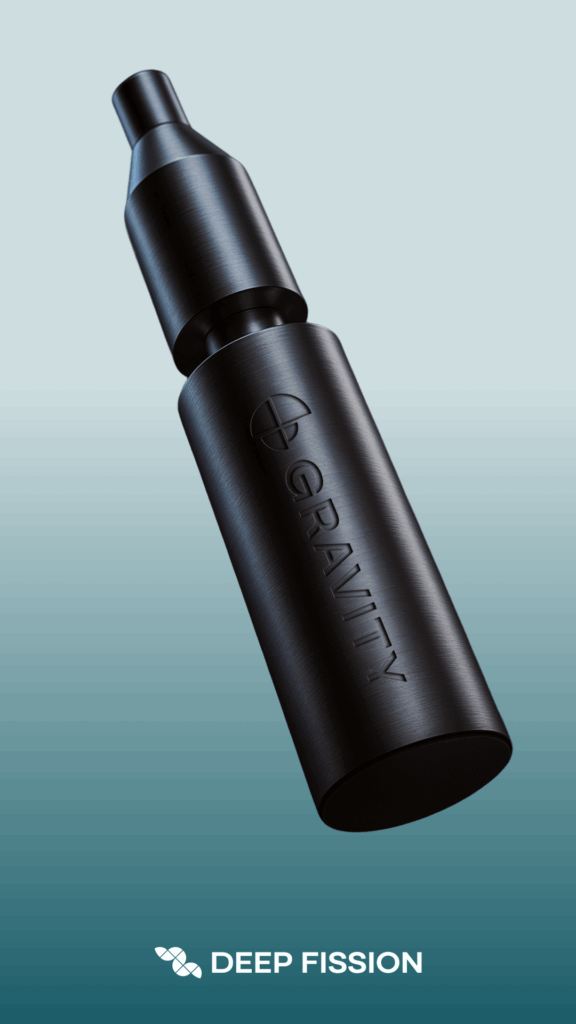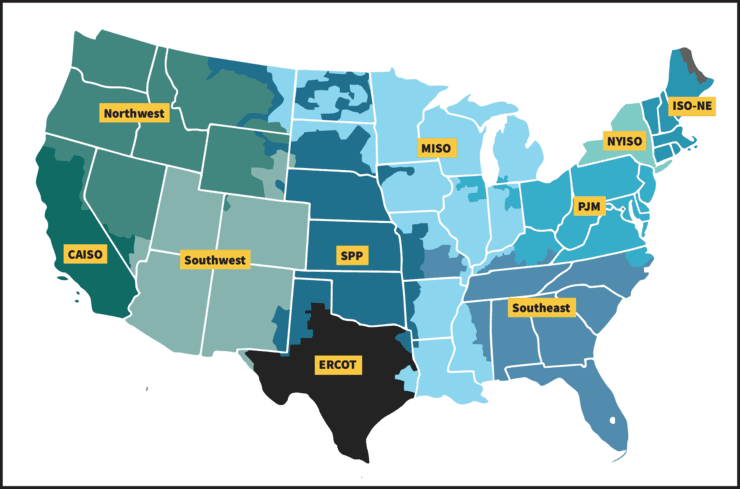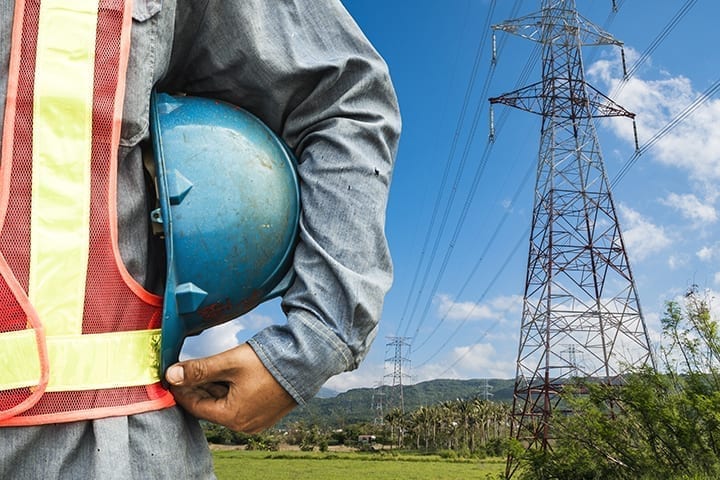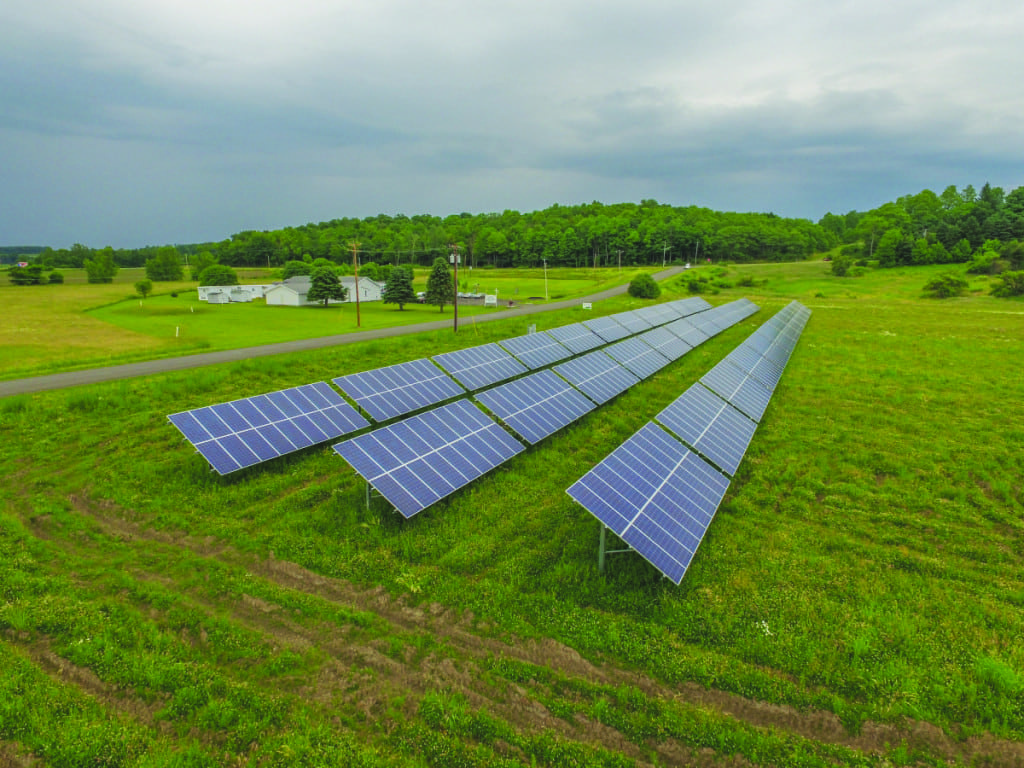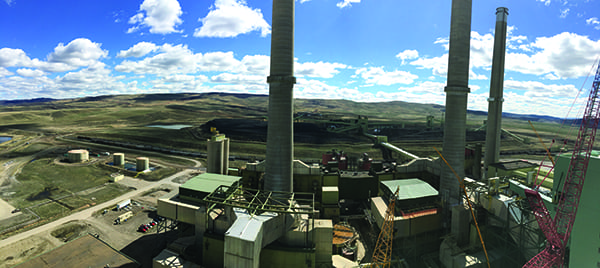Tri-State Generation and Transmission Association has completed work on an electricity transmission line in eastern Colorado, one of several transmission and distribution (T&D) projects the group has planned through 2028.
The group on Feb. 24 announced it has energized the 230-kV Burlington-Lamar transmission line. Tri-State began construction of the project, which includes substations in the Colorado towns of Burlington and Lamar, in February of last year. The 112-mile line, energized on Feb. 21, is the first of a network of upgrades that has the potential for additional generation interconnections of more than 700 MW. It is part of Tri-State’s Eastern Colorado Transmission Expansion.
“The completion of our Burlington-Lamar transmission line represents a strategic and cost-effective approach to provide for reliable, resilient and affordable power for our members, while reducing system congestion and providing for the addition of new generating resources,” said Chris Pink, Tri-State senior vice president for operations.
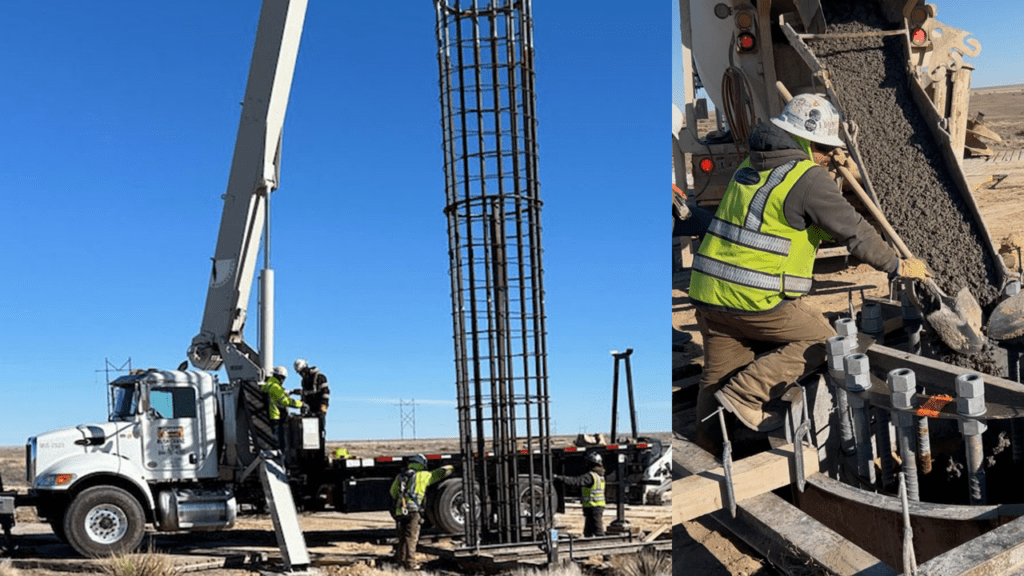
The projects under the Eastern Colorado Transmission Expansion, when completed, will have significant benefits for Tri-State’s interconnected transmission system, and bolster reliability for members including San Isabel Electric Association, based in Pueblo West, Colorado; Southeast Colorado Power Association, based in La Junta, Colorado; K.C. Electric Association, based in Hugo, Colorado; Morgan County Rural Electric Association, based in Fort Morgan, Colorado; and Mountain View Electric Association, based in Limon, Colorado.
Tri-State first proposed the expansion project in the early 2000s, examined the proposal again in 2016, and began development in 2020. Tri-State led a task force involving some 60 stakeholders representing some 24 entities at the Colorado Coordinated Planning Group, to evaluate alternatives to meet its transmission needs in eastern Colorado, through multiple meetings between April and September 2021.
The co-op on Feb. 25 said stakeholders proposed, and Tri-State studied, 15 proposals. The group said the proposed projects “stood out as the best option that could meet Tri-State’s needs, while at the same time being the lowest cost.”
The transmission line required permits, including some public hearings, from more than a dozen local, state and federal government agencies or business groups, including the state of Colorado; Cheyenne, Kiowa, Kit Carson and Prowers counties; the Colorado Department of Transportation; Colorado Parks and Wildlife; the Colorado State Historic Preservation Office; the Federal Highway Administration; the U.S. Army Corp of Engineers; the Colorado Pacific, Union Pacific and Kyle railroads; and the U.S. Fish and Wildlife Service (FWS), which guided the cooperative through the federal Endangered Species Act and the Migratory Bird Treaty Act.
About 95% of the transmission line was developed on private land. It crosses more than 100 parcels.
Tri-State on Tuesday said engineering activities also are underway on a new 31-mile-long, 230-kV transmission line from the Boone Substation near Boone, Colorado, to a new Tri-State Huckleberry switching station south of Pueblo, Colorado, to go into service in 2026. In addition, routing activities are underway for a new 72-mile-long, 230-kV transmission line between Tri-State’s Big Sandy Substation near Limon, and a new Badger Creek switching station south of Fort Morgan, expected to be complete in 2028.
—Darrell Proctor is a senior editor for POWER.









